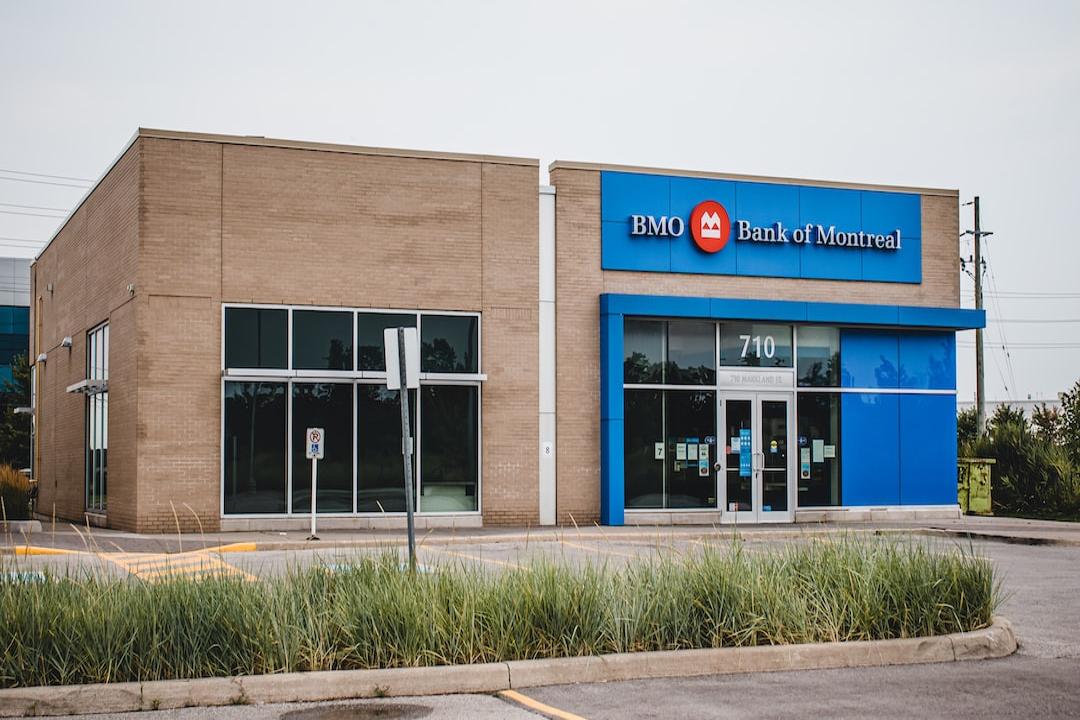The price of Bitcoin surged past $59,000 on February 28th, hitting a new two-year high of $59,485. Although it is currently down 13% from its all-time high of $68,789, Bitcoin’s price is quickly approaching its ATH in terms of the United States dollar. Furthermore, it has already broken records against several fiat currencies.
In recent days, Bitcoin has reached ATHs against currencies such as the Japanese yen, the Malaysian ringgit, the Indian rupee, the new Taiwan dollar, the South Korean won, the Chilean peso, the Australian dollar, the Chinese yuan, the South African rand, the Norwegian krone, and the Turkish lira. This increase in BTC’s ATH against these currencies can be attributed to their declining market values due to rising inflation. As inflation occurs, the purchasing power of a currency decreases over time.
Market analysts suggest that Bitcoin has entered a phase of price discovery after breaking through the critical resistance level of $57,000. With the Bitcoin halving just 49 days away, there is a bullish momentum that could propel Bitcoin to new highs post-halving, as observed historically.
Historical data shows that the price of Bitcoin has experienced at least a 270% surge after each halving event. For example, prior to the halving in 2012, the price of Bitcoin was $12, which skyrocketed to $964 just a year later. Similarly, before the halving in 2016, BTC’s price was $663, and it surged to $2,500 a year later. In 2020, Bitcoin’s price before the halving date was $8,500, and slightly over a year later, it rose to $68,783.
Each bull cycle in the Bitcoin market is driven by a particular factor. In 2017, it was the retail sector that drove the price of BTC to $17,000. In 2021, institutional influx played a significant role in pushing BTC to almost $69,000. Looking ahead to 2024, market analysts believe that institutional players are currently influencing the market, evident from the daily net inflows to new spot Bitcoin exchange-traded funds (ETFs) in the United States.
Spot Bitcoin ETFs have been receiving an average of nearly half a billion dollars in daily inflows, while the new BTC being added to the market is only meeting one-tenth of the current demand from these ETFs. Analysts predict that the substantial institutional demand, coupled with the limited supply due to the upcoming halving, will act as a catalyst for the BTC price after the halving.
At the time of writing, the price of Bitcoin is trading at $59,400, reflecting a 5% increase in the past 24 hours.

